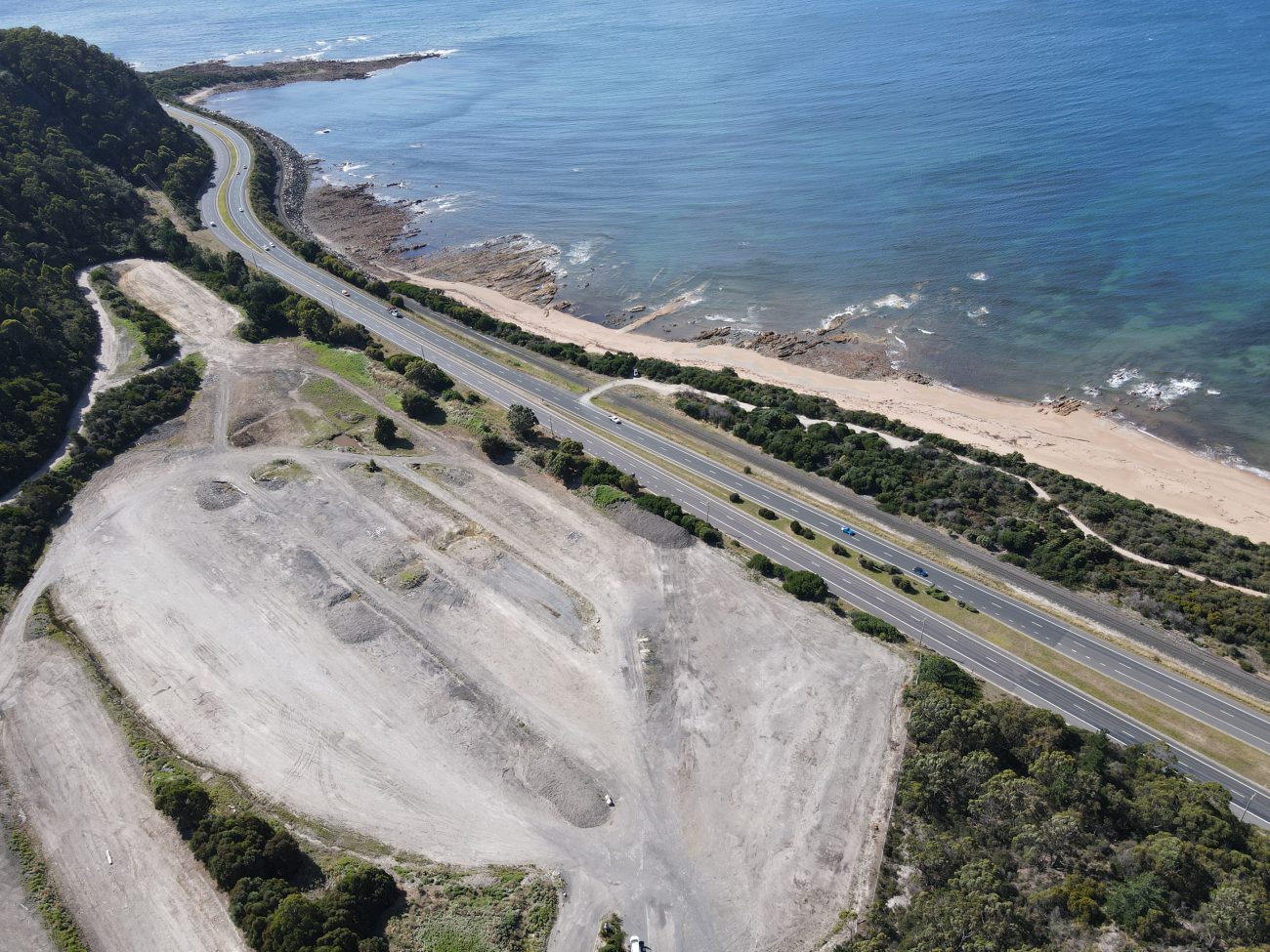The potential of a Renewable Energy Zone (REZ) announced for detailed exploration in Tasmania’s North West would supply new energy generation to coincide with the operation of the first Marinus Link cable in 2028-29.
“The potential REZ in the North West would supply provide new low cost, reliable and clean energy generation and storage capacity, enabled by Marinus Link and the North West Transmission Developments,” Marinus Link CEO Bess Clark said.
“The first REZ to be explored in detail will be in the same region where Marinus Link will connect at Heybridge, and this shows great opportunity for the North West of Tasmania.”

Marinus Link, a two-way 1500 megawatt (MW) electricity and telecommunications interconnector, will further connect Tasmania with the mainland.
It will comprise 255 kilometres of undersea high voltage direct current (HVDC) cables across the Bass Strait and 90 kilometres of HVDC underground cables in Victoria, connected to AC/DC converter stations at each end.
Marinus Link is a transmission project of national significance that will enable transmission of renewable energy between Tasmania and the mainland to support Australia’s transition to net zero.
“Through Marinus Link, we will ensure Australia gets the most value from renewable energy generation. Marinus Link will move energy to where it is needed based on lowest cost,” Ms Clark said.
Renewable energy projects developed as a result of the REZ will mean more energy – essential for Tasmania to lock in its 100% renewable energy status and grow toward the target of 200%.
“Tasmania’s renewable energy resources will continue to be available for Tasmanian businesses, industry and households,” Ms Clark said.
“By increasing access to other sources of renewable energy generation and storage, we will drive down prices, and secure reliable supplies to grow our industries, and play our part in Australia’s transition to net zero emissions.
“Tasmania’s hydro storage will act as a big water battery, soaking up excess energy produced throughout the National Electricity Market.
“When sun and wind power are not meeting consumer demand, our hydro power is readily dispatchable and can smooth out the peaks and troughs in energy supply over long periods. This premium hydro product will provide great returns to Tasmania,” she said.
The recent funding partnership between Australian, Victorian and Tasmanian Governments for Marinus Link and the North West Transmission Developments minimises the shared network costs for Tasmanian customers and all consumers across the National Electricity Market.
The low-cost financing from the Australian Government’s Rewiring the Nation plan will reduce the annual cost of Marinus Link and the North West Transmission Developments for electricity customers by up to half.
Once Marinus Link is built, Tasmanian customers are forecast to pay no more than 15% of estimated total project costs, compared to approximately 50% it would have otherwise been required to cover.
“With Marinus Link fully built and in service, the average Tasmanian household energy bill will be about $70 lower per year,” Ms Clark said.
Background
Marinus Link is a proposed two-way 1500 megawatt (MW) electricity and telecommunications connection between Victoria and Tasmania, supported by high voltage alternating current (HVAC) transmission network developments in Tasmania’s North West (NWTD).
Marinus Link involves approximately 255 kilometres of undersea high voltage direct current (HVDC) cabling, approximately 90 kilometres of underground HVDC cabling and converter stations at each end in Tasmania and Victoria.
Marinus Link Pty Ltd, a subsidiary of TasNetworks, is progressing the ‘design and approvals’ stages. The first 750 MW stage is forecast to be built and operating from mid-2028 with the second 750 MW stage from mid-2030.
Marinus Link and NWTD will cost $3.8b to build based on 2021 dollar estimates, and will deliver over $8.3b in benefits to the National Electricity Market.